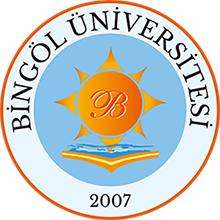| dc.description.abstract | The oils obtained by HS-SPME from needles of Thuja occidentalis L. and Tetraclinis articulata
(Vahl) Masters (synonym: Thuja articulate ) growing in Canada. The oils were analyzed by HS-SPME/GC-MS. Thirty one and fifty one compounds were identified representing 92.30% and 93.42% of the oil respectively. The main constituents of Thuja occidentalis were bornylacetate (30.00%), limonene (7.56%), camphor (7.33%), -pinene (7.18%) and -cadinene (6.01%), whereas -pinene (32.67%), 3-carene (18.29%), -myrcene (11.69%) and bornylacetate (5.88%) were the major constituents of Tetraclinis articulata. The results showed that T. occidentalis chemotype was bornylacetate whereas -pinene was chemotype of Tetraclinis articulata. HS extraction was performed with a much smaller amount of plant than hydrodistillation. Although the aromatic profiles of HS-fractions and oils showed several quantitative differences. HS-SPME can be applied to routine control analysis of aromatic and medicinal plants. | tr_TR |














